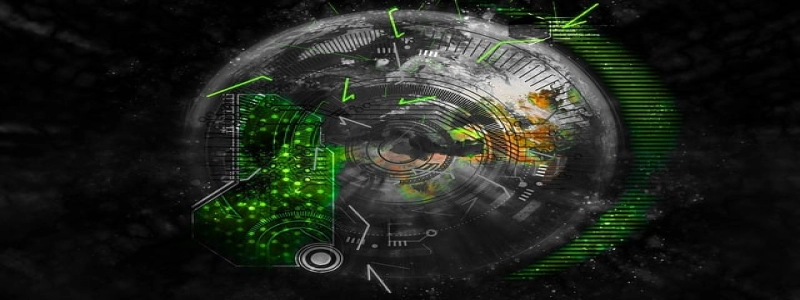What Is the Relationship between Energy and Wavelength?
Introduction
When studying physics, one often comes across the terms \”energy\” and \”wavelength.\” These concepts are fundamental in understanding the behavior of various phenomena in the universe. In this article, we will delve into the relationship between energy and wavelength and explore how they are interconnected.
The Basics
To comprehend the connection between energy and wavelength, we must first grasp their individual definitions. Energy refers to the ability of an object or a system to perform work or transfer heat. It is measured in joules (J) or electron volts (eV). On the other hand, wavelength pertains to the distance between two corresponding points on adjacent waves. It is commonly denoted by the symbol λ and measured in units such as meters or nanometers.
The Relationship
The relationship between energy and wavelength is governed by one of the most fundamental equations in physics known as the Planck-Einstein relation. According to this relation, the energy (E) of a wave is directly proportional to its frequency (f), where frequency is the number of wave cycles per unit of time. Mathematically, it can be expressed as E = hf, where h is the Planck’s constant. This equation indicates that as the frequency of a wave increases, so does its energy.
Furthermore, the wavelength of a wave is inversely proportional to its frequency. This means that as the frequency of a wave increases, its wavelength decreases. Mathematically, we can express this relationship as λ = c/f, where c represents the speed of light in a vacuum.
Applications
Understanding the relationship between energy and wavelength has significant implications in various scientific fields. One key area where this relationship is crucial is in the field of spectroscopy. Spectroscopy involves the study of the interaction between matter and electromagnetic radiation, such as visible light or x-rays. By analyzing the wavelengths of emitted or absorbed radiation, scientists can determine the energy levels and composition of substances.
Another important application of this relationship can be found in photonics. Photonics deals with the use of light particles, known as photons, for information transmission and processing. The energy of a photon is directly proportional to its frequency, which is inversely proportional to its wavelength. This allows scientists and engineers to manipulate the energy levels of photons to suit various applications, from telecommunications to solar cells.
Conclusion
In summary, the relationship between energy and wavelength is a fundamental concept in physics. The energy of a wave increases with an increase in frequency, while the wavelength of a wave decreases with an increase in frequency. Understanding this connection enables scientists to explore and manipulate various phenomena in fields such as spectroscopy and photonics. By furthering our knowledge of this relationship, we can continue to unravel the mysteries of the universe and unlock new technological advancements.








